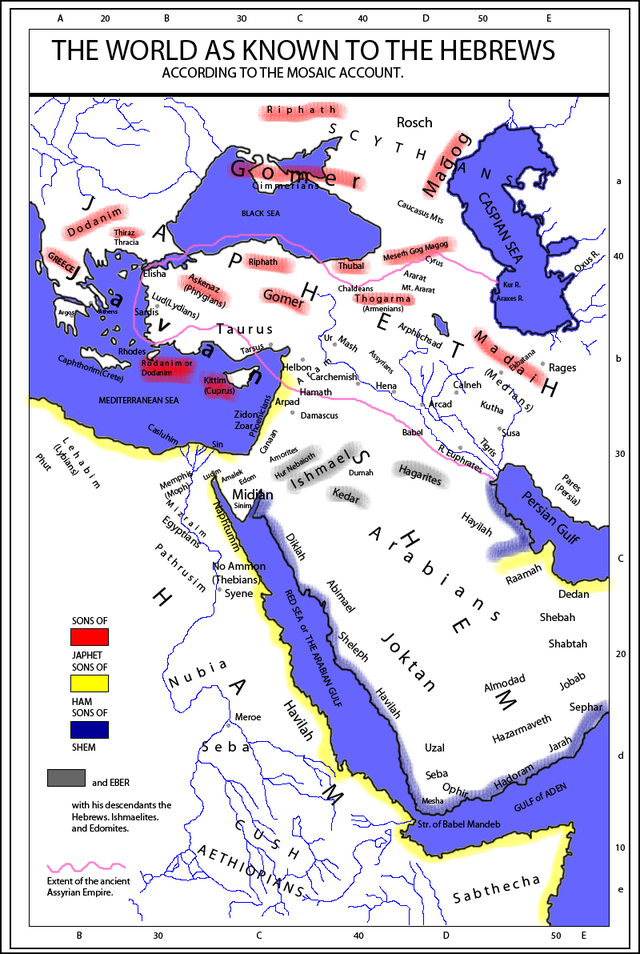Pathros
Pathros (Hebrew: פַּתְרוֹס; Paṯrōs; Greek: Φαθωρῆς, Phathōrēs; Koine Greek: Παθούρης, Pathourēs) refers to Upper Egypt, primarily the Thebaid where it extended from Elephantine fort to modern Asyut north of Thebes.[1] Gardiner argues it extended to the north no farther than Abydos.[2] It is mentioned in the Hebrew Bible in Jeremiah 44:1 and 15; Isaiah 11:11; and Ezekiel 29:14, 30:14. It is the homeland of the "Pathrusim".

The name is a loan from Egyptian pꜣ tꜣ-rsy "the southern land" (e.g., pBritish Museum EA 10375, line 16; cf. Sahidic Coptic ⲡⲁⲧⲟⲩⲣⲏⲥ and Bohairic Coptic ⲡⲁⲑⲟⲩⲣⲏⲥ.[3][4])
As in Hebrew and Greek, the term was used in Akkadian by the Assyrians as patúrisi, for example in the Annals of Esarhaddon.[5]